The human factor in labs
Read these emails. It’s amazing.
Worth reading.
This shows how errors and contaminations can happen in a lab when rushing.
The human factor is most often the weakest link in any lab.
That can take the form of badly trained research assistants or even students messing around.
See SARS-2 P3 leak in Taipei a few days ago.
Or the SARS-1 leaks in Singapore in 2003: 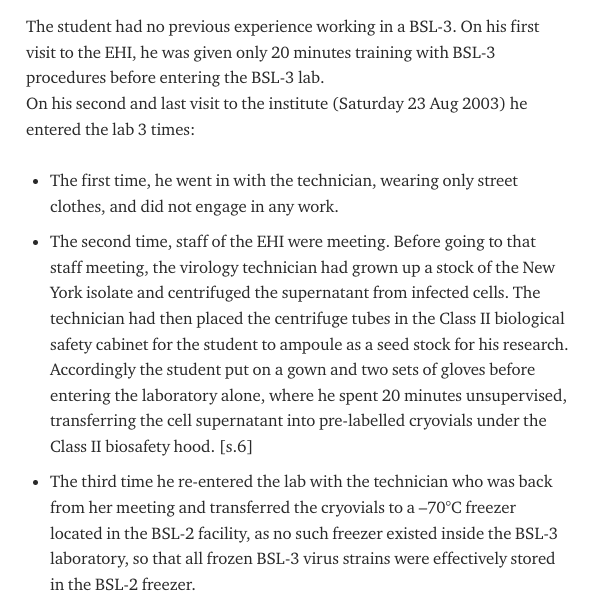
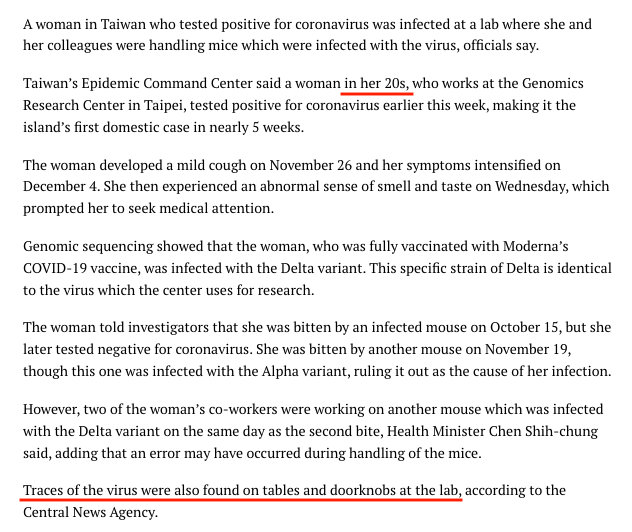
Or the multiple and very serious SARS-1 leaks in Beijing in early 2004: 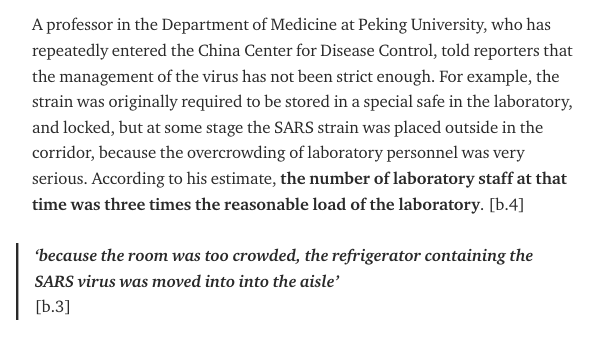
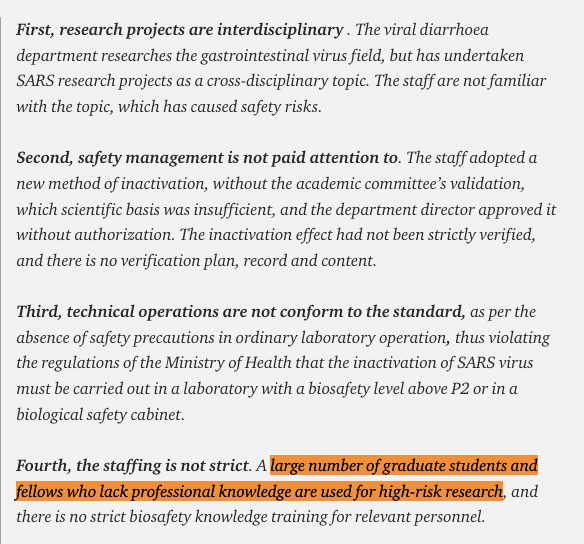
Or it can take the form of errors by well qualified personnel under pressure.
See Taiwan SARS-1 P4 leak in 2003.
Most likely also the (unreported) Beijing SARS-2 [P3?] leak in Jan/Feb 2020. 
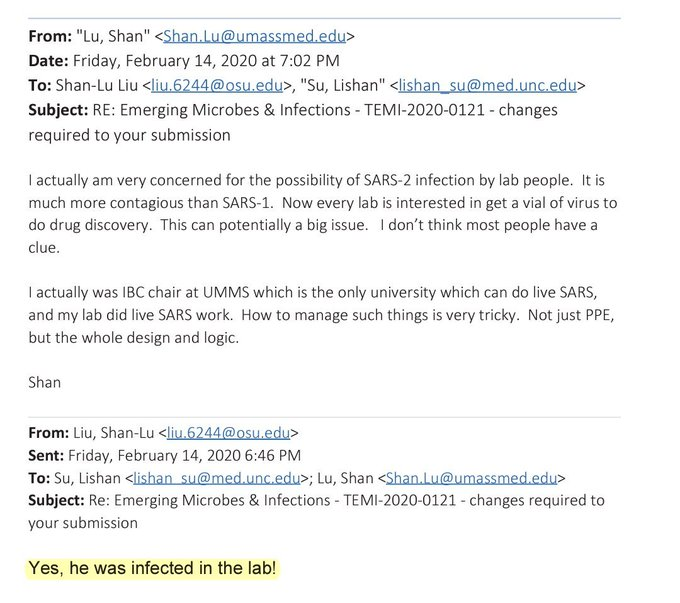
And this lab contamination at the CDC Atlanta when trying to quickly design a Covid-19 test. 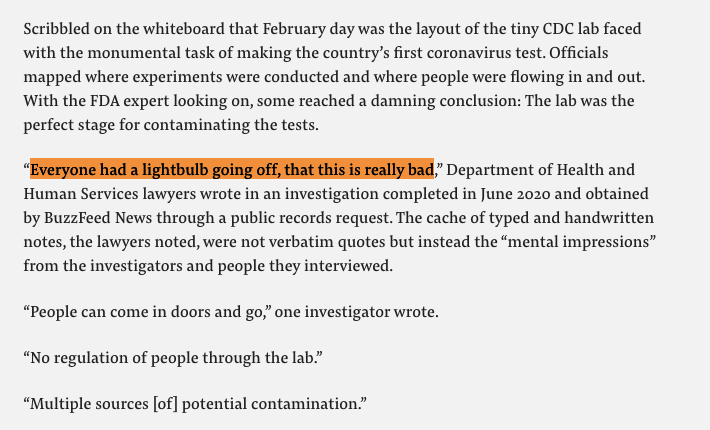
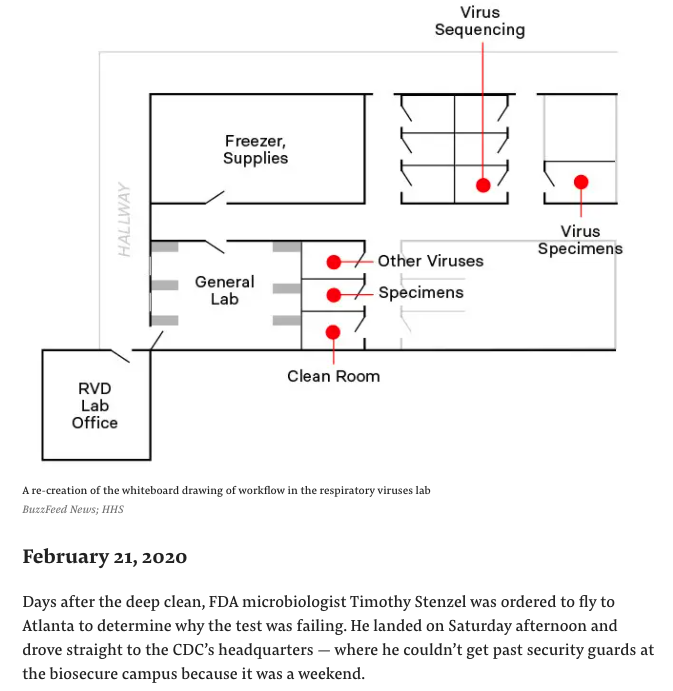
In the end mistakes simply happen.
They often happen when people rush to study a highly-transmissible new virus, and/or when poorly qualified personnel is involved (something unfortunately rather common). 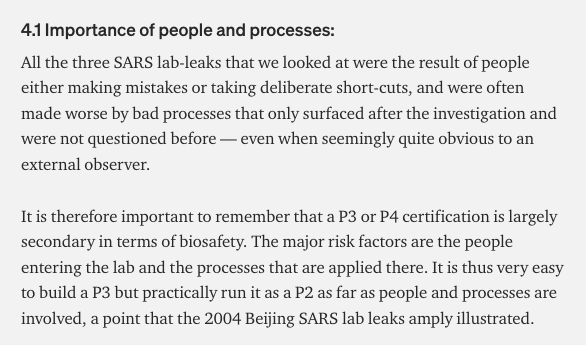
The same mistakes keep being repeated over and over again.
We can pretend that this is just a distraction and keep rushing ahead with more lab work on increasingly dangerous pathogens - as if doubling down was the right solution. 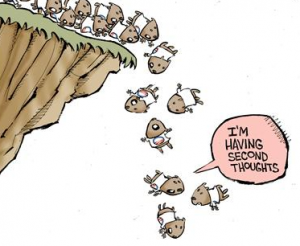
Or we can stop pretending that it is a distraction, stop calling people who dare to raise questions conspiracy theorists, and learn from our mistakes.
For a more detailed analysis, see section 4 of my review of SARS-1 leaks:
gillesdemaneuf.medium.com/the-good-the-bad-and-the-ugly-a-review-of-sars-lab-escapes-898d203d175d